Fiber optic transmission refers to the high-speed and efficient transmission of data and signals using optical fibers as carriers. The excellent performance of optical fibers not only enables them to meet the transmission requirements of analog and digital signals but also satisfies the stringent demands of high-definition video transmission. In practical applications, fiber optic transmission typically relies on optical cables, which demonstrate remarkable performance. A single optical fiber can achieve data transmission speeds of up to several gigabits per second (Gbps), and even without relying on repeaters, it can ensure stable data transmission over distances of tens of kilometers. With its powerful transmission capability and stability, fiber optic transmission has become an important pillar in the field of modern communications.

When light is transmitted inside an optical fiber, certain losses inevitably occur. These losses mainly stem from two aspects: one is the intrinsic transmission loss of the fiber itself, and the other is the fusion splicing loss at fiber joints. Once an optical cable is ordered and put into use, the internal fiber transmission losses are essentially determined. However, the fusion splicing loss at fiber joints is a more complex factor, as it is not only related to the characteristics of the fiber itself but also influenced by on-site construction conditions and technical proficiency. Therefore, in practical applications, it is necessary to consider these factors comprehensively to ensure the stability and efficiency of the fiber optic transmission system.
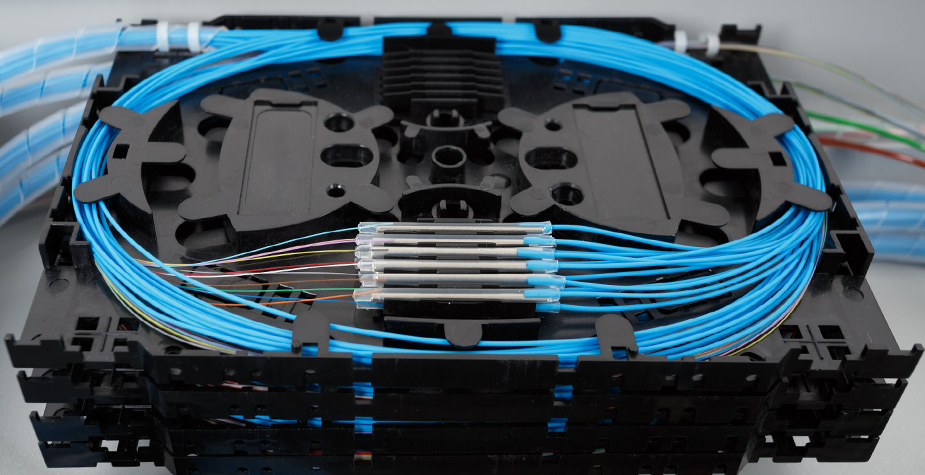
Fiber optics, the tool of signal transmission, stands out for its unparalleled convenience. Imagine, with just a single slender core, it can replace thousands of bulky physical communication lines, effortlessly completing vast and long-distance communication tasks. The emergence of fiber optics has not only greatly simplified the structure of communication systems but also enhanced transmission efficiency and stability, making it an indispensable tool in the modern communication field.

When light is transmitted inside an optical fiber, certain losses inevitably occur. These losses mainly stem from two aspects: one is the intrinsic transmission loss of the fiber itself, and the other is the fusion splicing loss at fiber joints. Once an optical cable is ordered and put into use, the internal fiber transmission losses are essentially determined. However, the fusion splicing loss at fiber joints is a more complex factor, as it is not only related to the characteristics of the fiber itself but also influenced by on-site construction conditions and technical proficiency. Therefore, in practical applications, it is necessary to consider these factors comprehensively to ensure the stability and efficiency of the fiber optic transmission system.

Fiber optics, the tool of signal transmission, stands out for its unparalleled convenience. Imagine, with just a single slender core, it can replace thousands of bulky physical communication lines, effortlessly completing vast and long-distance communication tasks. The emergence of fiber optics has not only greatly simplified the structure of communication systems but also enhanced transmission efficiency and stability, making it an indispensable tool in the modern communication field.
The eight significant advantages of fiber optic transmission are as follows:
1.Fiber optic transmission exhibits extremely high sensitivity, completely immune to electromagnetic interference, ensuring signal transmission stability.
2.Fiber optics are small in size, lightweight, easy to carry and install, with a long service life, relatively low prices, thus reducing overall costs.
3.Fiber optics possess excellent insulation properties, able to withstand high voltage, high temperature, and corrosive environments, suitable for various special working environments.
4.The geometric shape of fiber optics can be adjusted according to actual environmental needs, making signal transmission more convenient.
5.Fiber optic transmission has high bandwidth, large communication capacity, and minimal attenuation, allowing for long-distance signal transmission.
6.Signal crosstalk in fiber optic transmission is minimal, ensuring high-quality signal transmission.
7.Fiber optic transmission provides extremely high confidentiality, effectively preventing information leakage and ensuring communication security.
8.The laying and transportation of fiber optics and their raw materials are relatively simple, greatly improving construction efficiency.
Terminal connections of optical cables mainly employ two techniques: fusion splicing and mechanical splicing.
Mechanical splicing, as a relative alternative to fusion splicing, mainly involves using 'mechanical splice' to achieve the mechanical connection of optical cables. This splicing method does not require complex heating processes, and the entire operation is very quick, typically taking only 2 minutes to complete, significantly improving work efficiency.
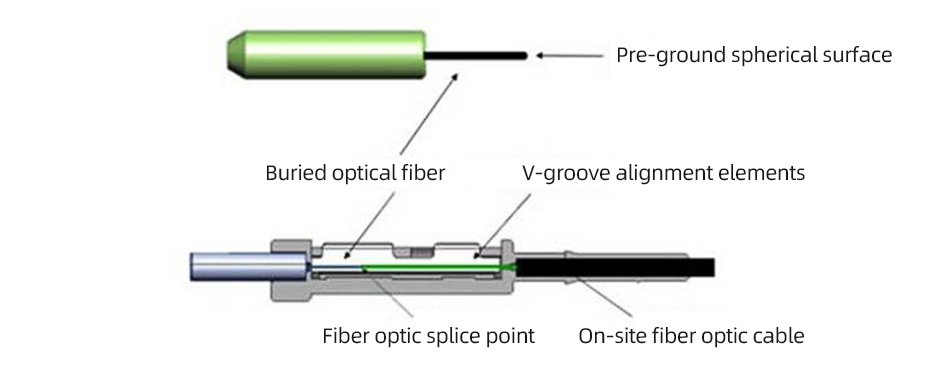
With the rapid advancement of FTTH (Fiber to the Home) technology, there is also a significant increase in demand for fiber optic mechanical splices.
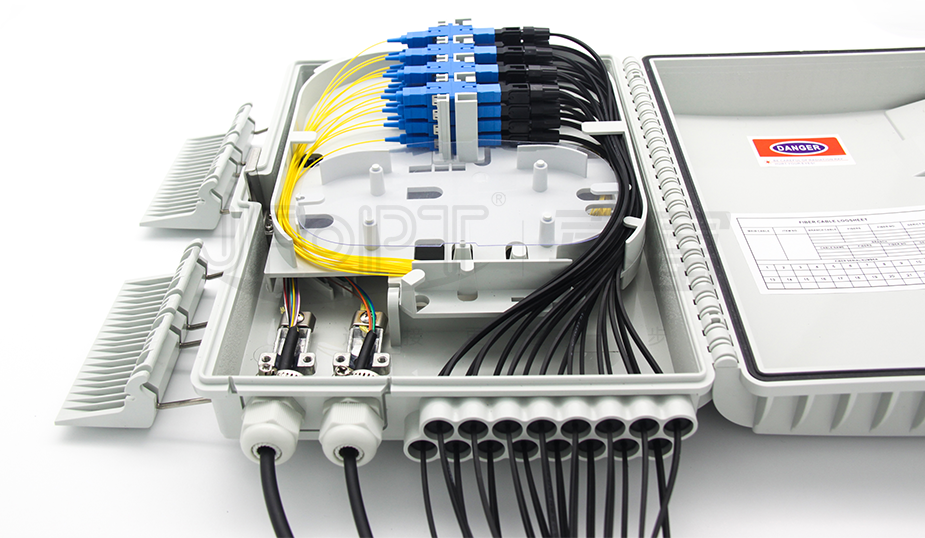
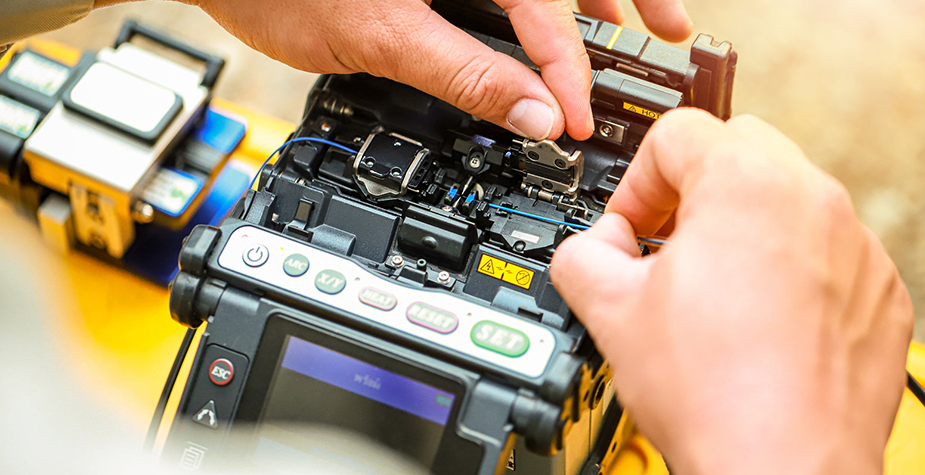

With the rapid advancement of FTTH (Fiber to the Home) technology, there is also a significant increase in demand for fiber optic mechanical splices.

The significant advantage of fiber optic fusion splicing lies in its relatively simple operation and relatively low maintenance costs in the long term. However, it also has some drawbacks, such as the need for a significant initial investment and the requirement for a considerable amount of specialized equipment.
In contrast, mechanical splicing achieves connections through simple crimping tools without the need for complex equipment. However, it is important to note that mechanical splicing entails relatively higher maintenance costs in the long term, and the construction process requires more precision.
Fiber optic fusion splicing, also known as fusion splicing, is a technology that utilizes a specific device, the fusion splicer, to precisely connect two fiber cores. It ensures the stability and efficiency of fiber connections and is an indispensable technology in the modern communication field.

The factors influencing fiber optic fusion splicing loss are numerous, mainly categorized into intrinsic factors and extrinsic factors.
Firstly, intrinsic factors stem from the characteristics of the fiber itself, including inconsistencies in the fiber mode field diameter, mismatch of fiber core diameters, irregular fiber core cross-sections, and poor concentricity between the core and cladding. These factors are directly related to the fundamental structure and performance of the fiber, significantly impacting fusion splicing loss.
Secondly, extrinsic factors primarily focus on the splicing technique itself. The quality of the splicing technique directly determines the quality and effectiveness of fiber optic fusion splicing.
Additionally, other factors should not be overlooked. These include the skill and proficiency of the splicing personnel, the standardization of splicing procedures, the precision of spooling techniques, the cleanliness of electrodes in the fusion splicer, the proper setting of fusion parameters, and the cleanliness of the work environment. These factors may all have varying degrees of impact on fusion splicing loss.
Therefore, when performing fiber optic fusion splicing, it is necessary to comprehensively consider these factors to ensure splicing quality and reduce loss.


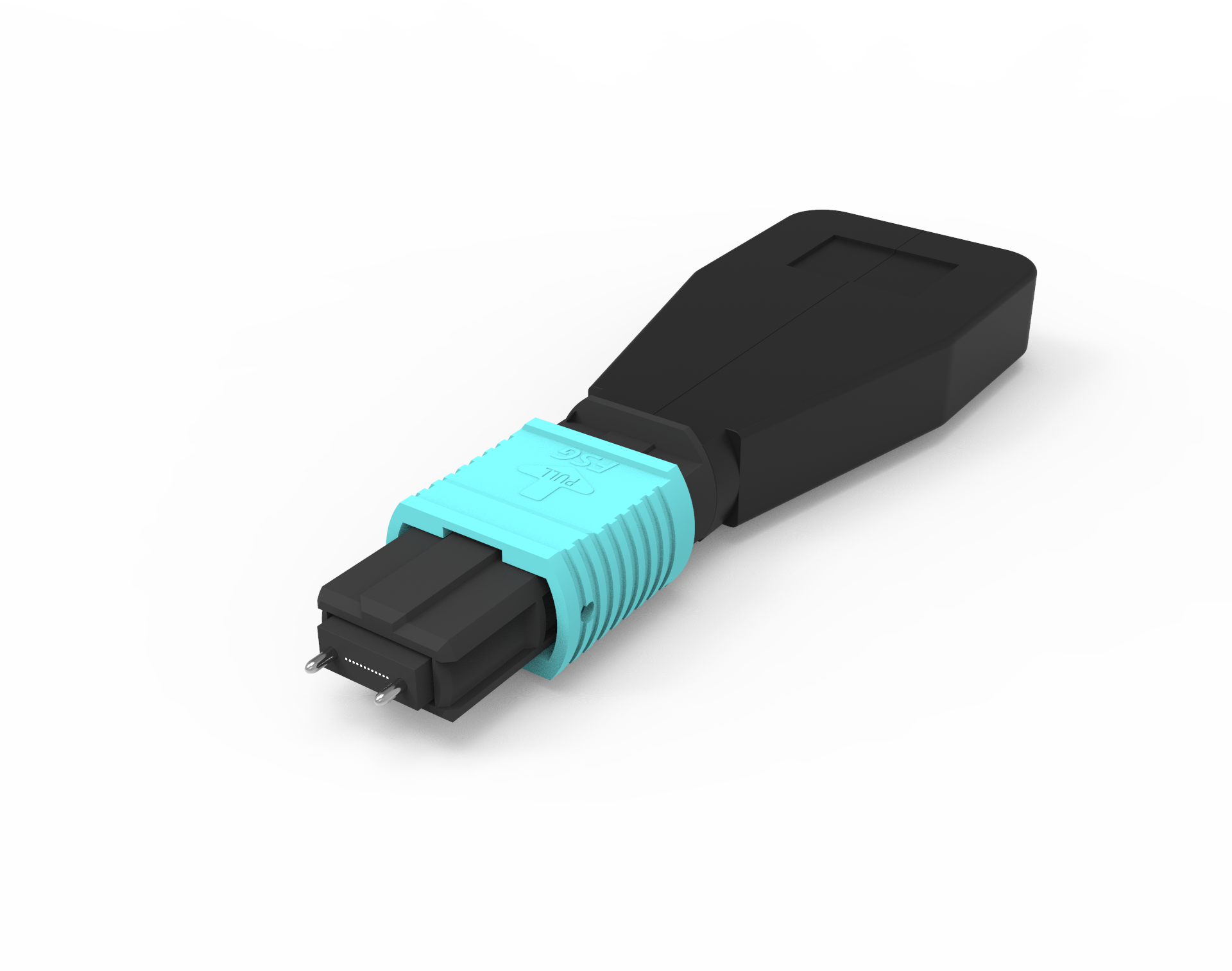
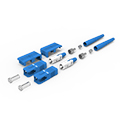

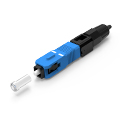
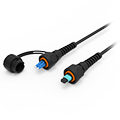
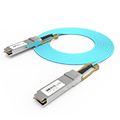
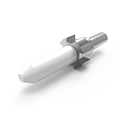


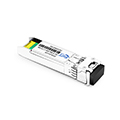
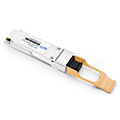
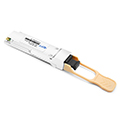



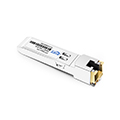


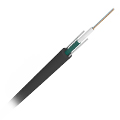
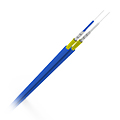


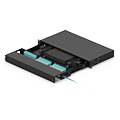
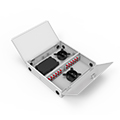

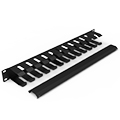
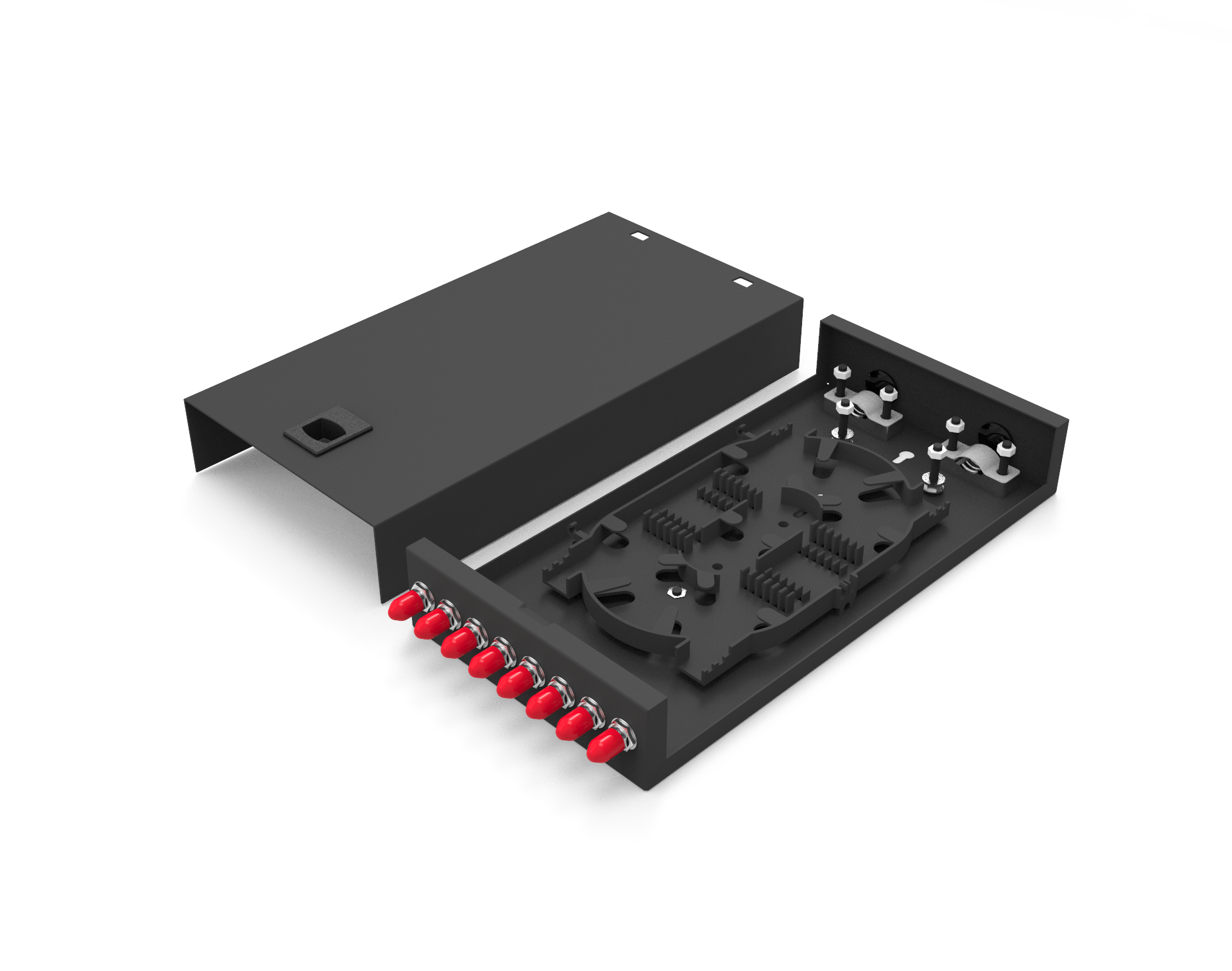
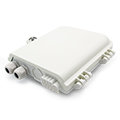
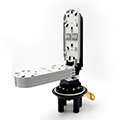
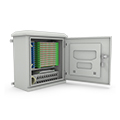
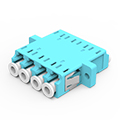

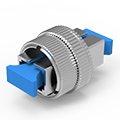

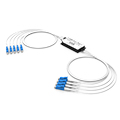
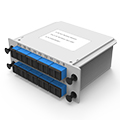

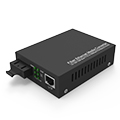
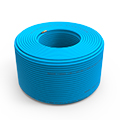
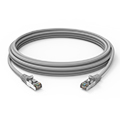
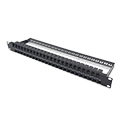
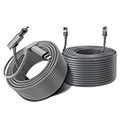

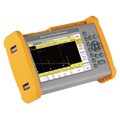
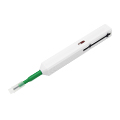

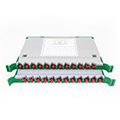
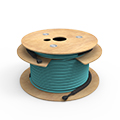


















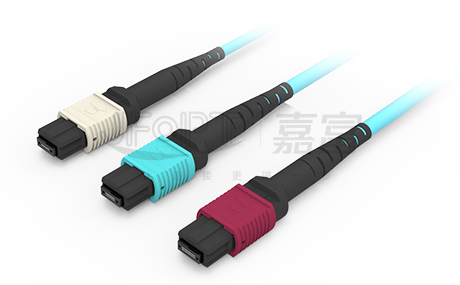
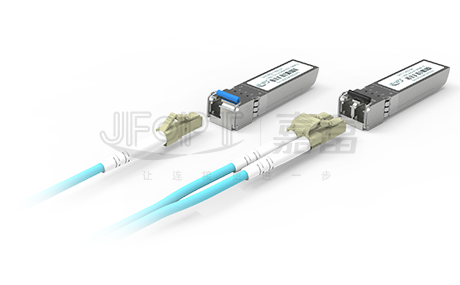
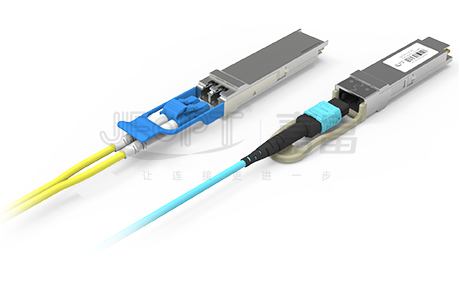
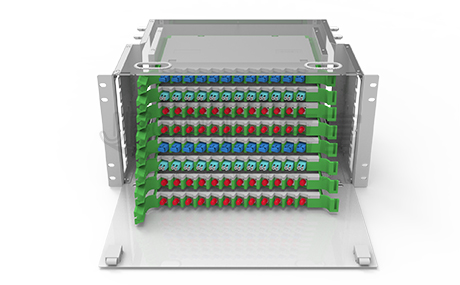
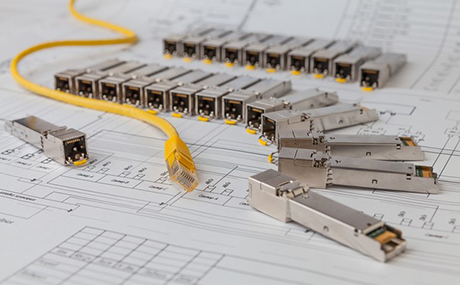
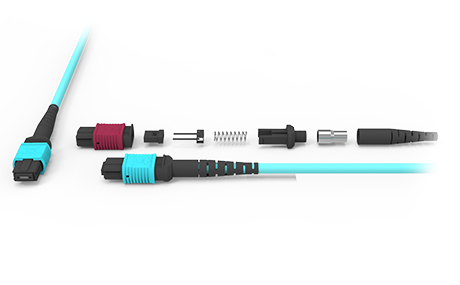
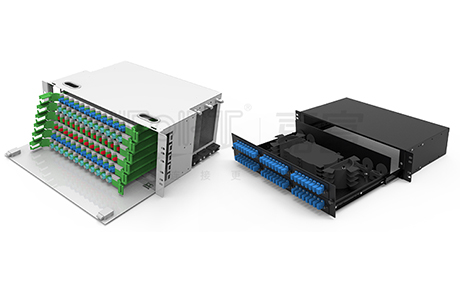
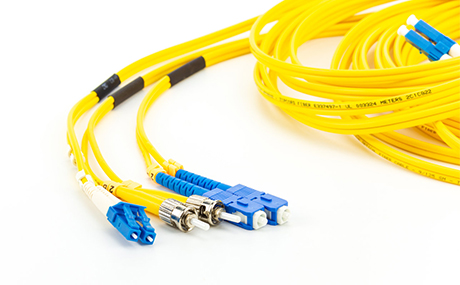
 Ann
Ann












